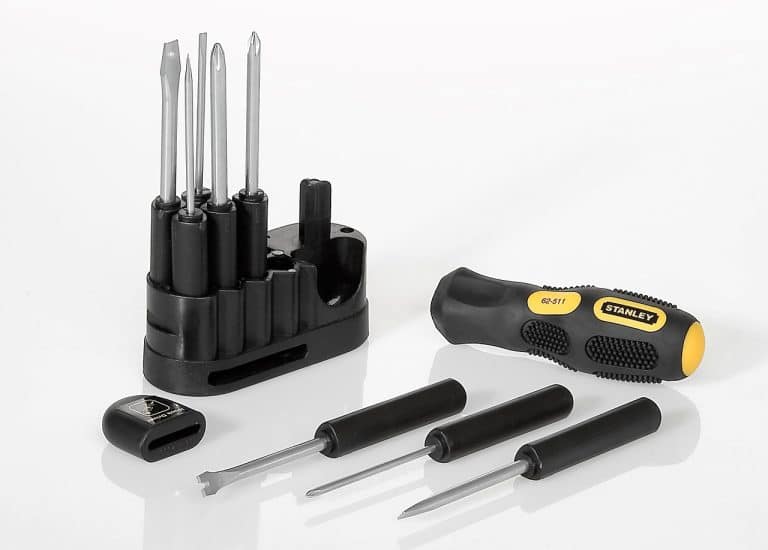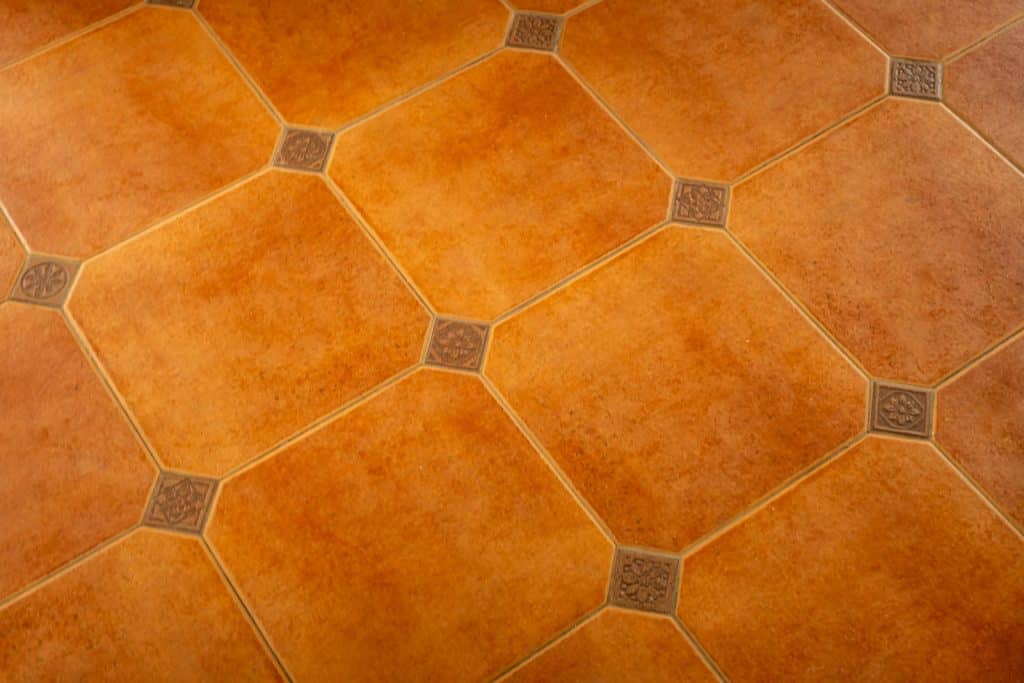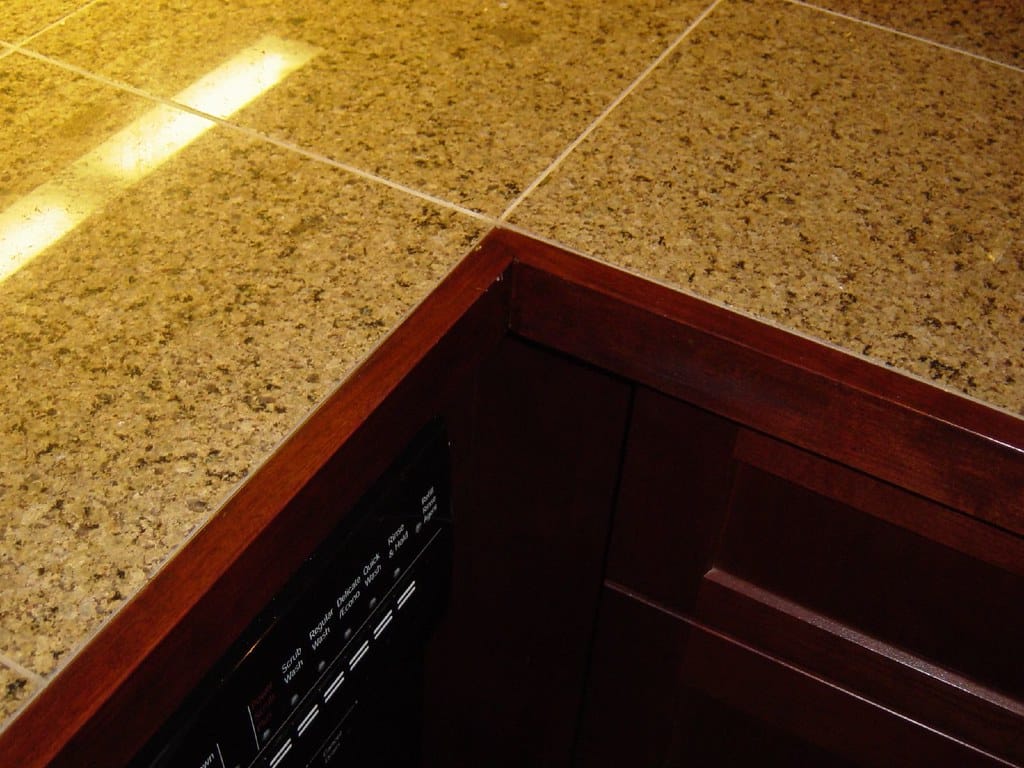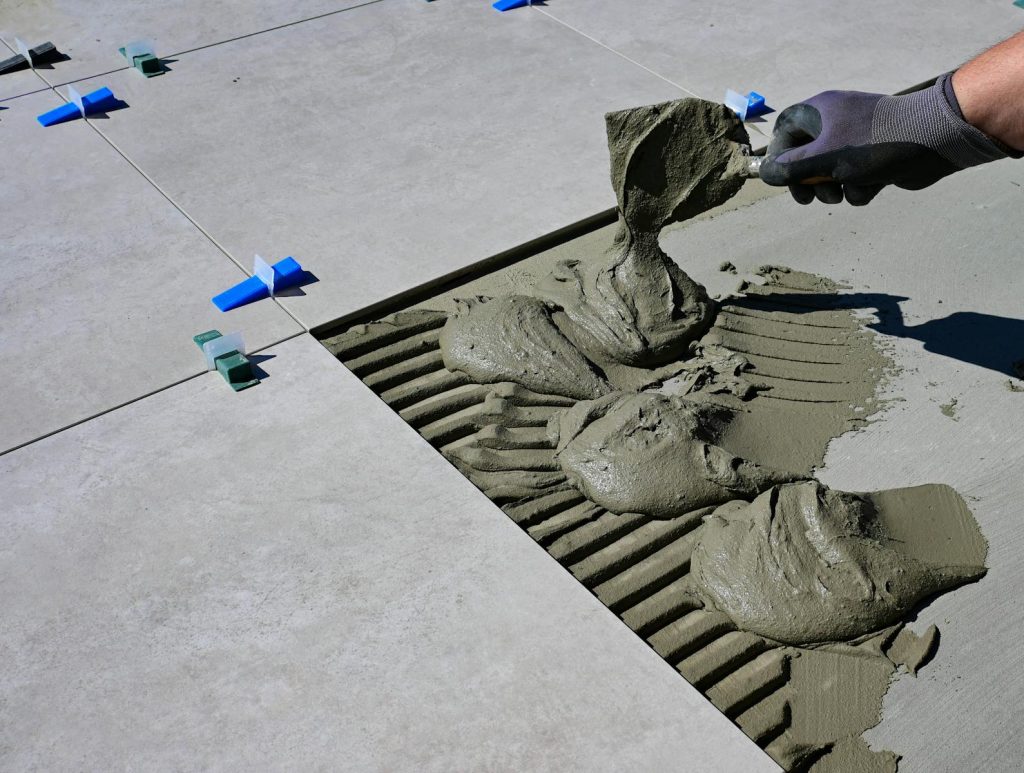Screwdrivers are among the most fundamental tools in any household or professional workshop it is important to know also Screwdrivers Types. These handheld devices, designed to tighten or loosen screws, play a critical role in assembling, repairing, and maintaining countless items—from furniture and electronics to machinery and appliances. Whether you’re a DIY enthusiast, a hobbyist, or a professional technician, understanding the different types of screwdrivers and their specific applications can significantly enhance your efficiency. In this guide, we break down the various screwdriver types, explain their unique features, and share insights to help you build a well-equipped toolkit.
What Is a Screwdriver and what are Screwdrivers Types?
A screwdriver consists of a handle and a shaft ending in a “tip” designed to fit into the head of a screw. When rotated, the tip transfers torque to the screw, allowing it to be secured or removed. The simplicity of this tool belies its importance: screws hold together everything from cabinets and light fixtures to smartphones and car engines. Without screwdrivers, even minor repairs would become challenging.
Screwdrivers vary significantly in design, tailored to specific screw heads. Using the correct type ensures a secure grip, prevents damage to the screw or tool, and improves safety. Below, we dive into the key screwdriver types every toolkit should include.
1. Flathead Screwdriver
Design & Functionality
The flathead screwdriver, also known as a slotted screwdriver, features a flat, straight tip that aligns with the single horizontal groove on flathead screws. This classic design is one of the oldest and most universally recognized types of screwdrivers.
Common Uses
- Ideal for basic household tasks, such as tightening cabinet hinges or assembling flat-pack furniture.
- Frequently used in electrical work, though less common in modern devices due to its tendency to slip out of the screw head.
Sizing Tips
Flathead screwdrivers come in various sizes, measured by the width and thickness of the tip. Always match the tool’s tip to the screw’s groove; a mismatched size can strip the screw or damage the tool.
Limitations
While versatile, flathead screwdrivers lack the grip of newer designs, making them less suitable for high-torque applications.
2. Phillips (Star) Screwdriver
Design & Functionality
The Phillips screwdriver, often called a “star” or cross-head screwdriver, has a pointed tip with four radial wings that fit into the corresponding “+”-shaped recess on Phillips screws. This design reduces slipping and allows for greater torque.
Why It’s Popular
- Widely used in automotive, electronics, and construction industries.
- The self-centering shape improves precision and speed during repetitive tasks.
Sizing Variations
Phillips screwdrivers are categorized by size (e.g., PH0, PH1, PH2). PH2 is the most common, fitting standard screws in appliances and electronics.
Pro Tip: Pair a magnetic Phillips screwdriver with small screws to prevent drops and frustration!
3. Tester Screwdriver (Voltage Detector)
Dual-Purpose Design
The tester screwdriver combines the functionality of a flathead screwdriver with a voltage detection feature. Its translucent handle contains a neon light that illuminates when the tip detects live electricity.
Key Applications
- Safely check for current in outlets, switches, or circuit breakers.
- Basic screwdriving tasks in low-voltage environments.
Safety First
Always test the tool on a known live circuit before use to ensure it’s working. Never rely solely on a tester screwdriver for high-voltage systems—use a multimeter for advanced diagnostics.
4. Cordless Screwdriver
Power and Versatility
Cordless screwdrivers are battery-powered tools that offer the convenience of electric rotation with portability. They often include interchangeable bits for flathead, Phillips, Torx, and hex screws, making them a versatile upgrade from manual tools.
Advantages
- Efficiency: Complete tasks faster with motorized torque.
- Ergonomics: Reduce hand fatigue during prolonged use.
- Precision: Many models feature adjustable clutches to prevent over-tightening.
Ideal For
- Assembling large furniture sets.
- DIY projects requiring repetitive screwdriving.
- Professionals needing a compact, on-the-go solution.
Popular Features
Look for models with LED lights, USB charging, and magnetic bit holders for added convenience.
Building a Well-Rounded Toolkit -Screwdrivers Types
A quality toolkit should include screwdrivers in multiple sizes and types to handle diverse tasks. Here’s a quick checklist:
- Flathead: Small, medium, and large sizes.
- Phillips: PH0, PH1, and PH2.
- Tester Screwdriver: For electrical safety checks.
- Cordless Screwdriver: With assorted bits.
Final Thoughts
Screwdrivers may seem simple, but choosing the right type can make or break your project. Whether you prefer the reliability of a flathead, the grip of a Phillips, the safety of a tester, or the power of a cordless model, each tool has its place in a well-prepared toolkit. Invest in quality, stay curious, and keep building!







